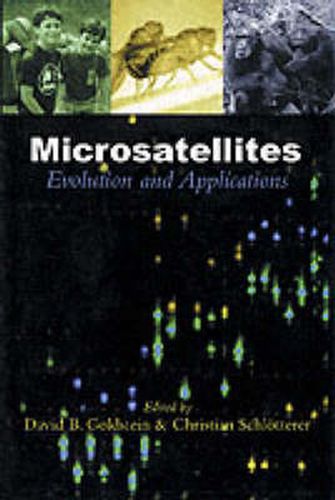Readings Newsletter
Become a Readings Member to make your shopping experience even easier.
Sign in or sign up for free!
You’re not far away from qualifying for FREE standard shipping within Australia
You’ve qualified for FREE standard shipping within Australia
The cart is loading…






Microsatellites are short stretches of repeated DNA, found in most genomes, that show exceptional variability in humans and most other species. This variability has made microsatellites the genetic marker of choice for most applications, including genetic mapping and studies of the evolutionary connections between species and populations. This book brings together an international group of scientists currently working in microsatellites. Their contributions provide a detailed description of microsatellite biology, focusing on their mutation properties, generation, decay, and possible functional roles. They introduce the theoretical models that underpin the most popular methods for analysing the information that microsatellites can yield, including methods for estimating coalescent times, population divergences, and migration. Finally, the book describes the various ways in which the potential of microsatellites is being harnessed in a range of applications including medical genetics, forensics, genetic mapping, the analysis of human evolution, and conservation genetics.
$9.00 standard shipping within Australia
FREE standard shipping within Australia for orders over $100.00
Express & International shipping calculated at checkout
Microsatellites are short stretches of repeated DNA, found in most genomes, that show exceptional variability in humans and most other species. This variability has made microsatellites the genetic marker of choice for most applications, including genetic mapping and studies of the evolutionary connections between species and populations. This book brings together an international group of scientists currently working in microsatellites. Their contributions provide a detailed description of microsatellite biology, focusing on their mutation properties, generation, decay, and possible functional roles. They introduce the theoretical models that underpin the most popular methods for analysing the information that microsatellites can yield, including methods for estimating coalescent times, population divergences, and migration. Finally, the book describes the various ways in which the potential of microsatellites is being harnessed in a range of applications including medical genetics, forensics, genetic mapping, the analysis of human evolution, and conservation genetics.